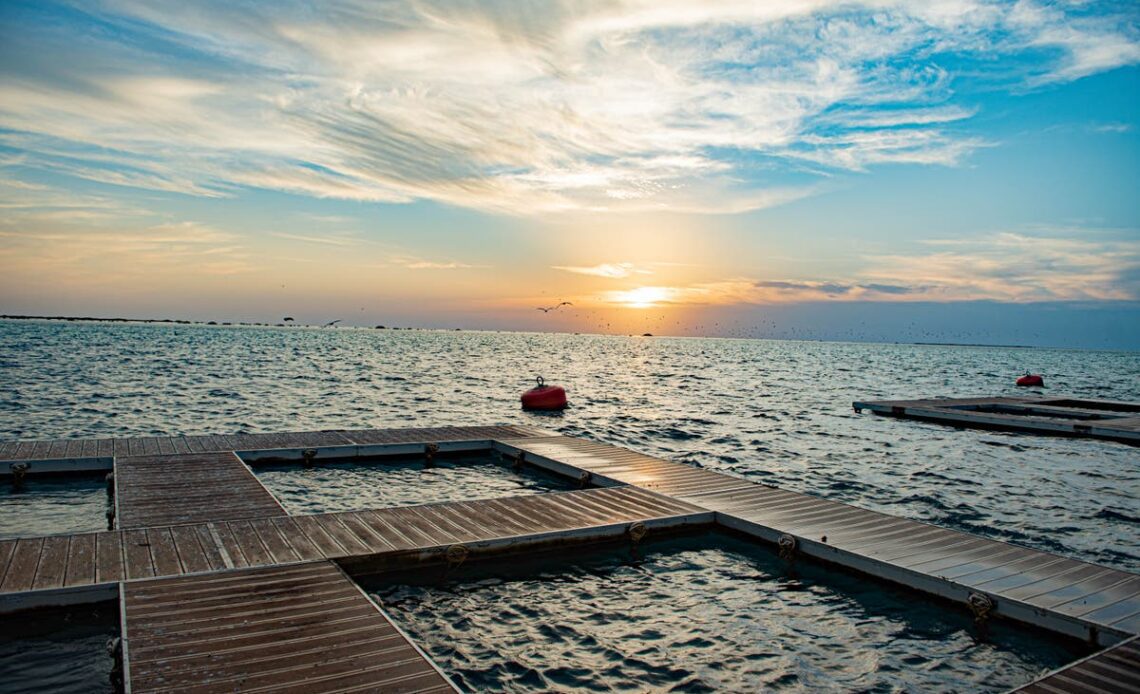You’d easily miss Desert Rock if you didn’t know it was there. Nestled in a hidden valley among the mountaintops of the wadi vistas, the hotel is carved directly into stone. Like the historical sites of Petra and Al Ula, you’re invited to step into a natural landscape and learn from the wisdoms of the ancient Nabateans: how to live not on the land, but within it.
Think The Flintstones meets Disney for a new kind of tourism, steeped in heritage yet determined to break all records. Ecotourism is being re-invented on the banks of the Red Sea, on a scale never seen before – to show that going green can also bring in green dollars. At a cost of $25bn, on a site the size of Belgium, Red Sea Global aims to become the largest resort in the world powered by renewable energy.
For the past 70 years, the Middle East has overexploited its resources, blighting a long history of co-existence between man and the natural world. For centuries beforehand, nomads shaped the custom of the land; sites like Old Jeddah and the Al Qarah mountain have preserved the vestiges of a past steeped in sustainability.
As the tide continues to turn on oil, the Middle East has sought to offset its carbon emissions. The world’s first eco-city, Masdar, opened in the UAE in 2006. Egypt has Adrère Amellal, an entirely candlelit and electricity-free hotel where walls are made of salt-rock and the roof of palms. Something like Red Sea Global, however, is entirely in a league of its own.
The corals growing in the Red Sea’s nurseries are as dazzling as they are diverse
(Red Sea Global)
The first three hotels, opening this spring, will provide nearly 250 solar-powered rooms before the grand unveiling of nearly 3,000 more across 16 hotels by the end of next year. Twenty-three thousand construction workers are working towards a total of 50 hotels by 2030, on an area spanning 28,000 square kilometres.
The most impressive thing about Red Sea Global is that it doesn’t seem that big at all. Only from an aerial viewpoint does it become clear how vast the site is. We flew through the upper reaches and watched the golden sand unfurl across the dunes. Shrubs cascaded down ochre valleys as free-roaming camels looked up inquisitively. Then suddenly, we were above water: flamingos flew below us from islet to islet. This is a place where the desert meets the tropics, the…
Click Here to Read the Full Original Article at The Independent Travel…
